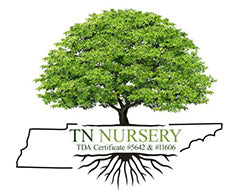





























Shrubs are indeed an essential component of many fine gardens.
Shrubs provide structure, texture, and color that can anchor a garden design and add interest throughout the year. They can also provide privacy screening, windbreaks, and habitats for wildlife.
One of the benefits of using shrubs in garden design is their versatility.
They come in all sizes, shapes, and colors, making it possible to create various effects. For example, small, low-growing types can edge a border, while taller types can create a focal point or provide a backdrop for other plants. Evergreen types can provide year-round interest, while they can provide seasonal interest with their flowers and fall foliage.
They also have relatively low maintenance compared to other types of plants. Once established, they generally require less water and fertilizer than annuals and perennials, and they can often be pruned to maintain their shape and size. This makes them a good choice for gardeners who want to create a beautiful, long-lasting landscape without ongoing maintenance.
They are essential in many fine gardens, providing structure, interest, and a wide range of design options.
They provide a wide range of environmental benefits. Here are some of the main ones:
Oxygen production: Through photosynthesis, they produce oxygen, which is vital for human and animal survival.
Carbon dioxide absorption: They absorb carbon dioxide from the atmosphere, helping to reduce the number of greenhouse gases contributing to climate change.
Soil protection: The roots help to hold soil in place, reducing erosion and protecting against landslides.
Biodiversity: They provide habitats for various animals, insects, and other organisms, contributing to biodiversity.
Water conservation: Plants and shrubs absorb and filter rainwater, helping to reduce runoff and prevent soil erosion
Climate control: They can help cool urban areas by shading buildings and streets, reducing air conditioning needs, and lowering energy consumption.
Air purification: They help to remove pollutants from the air, improving air quality and reducing respiratory problems.
Overall, plants and shrubs play a vital role in maintaining the health of our planet and the ecosystems that support life.

